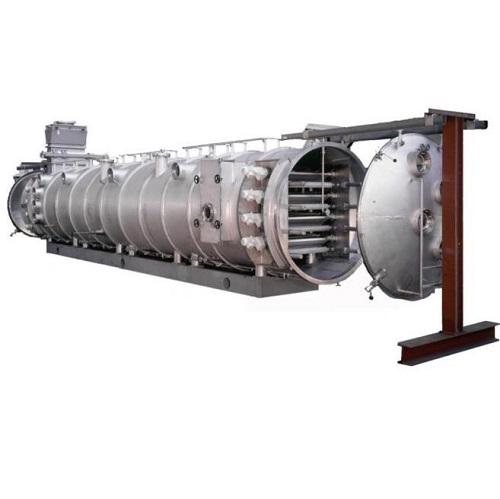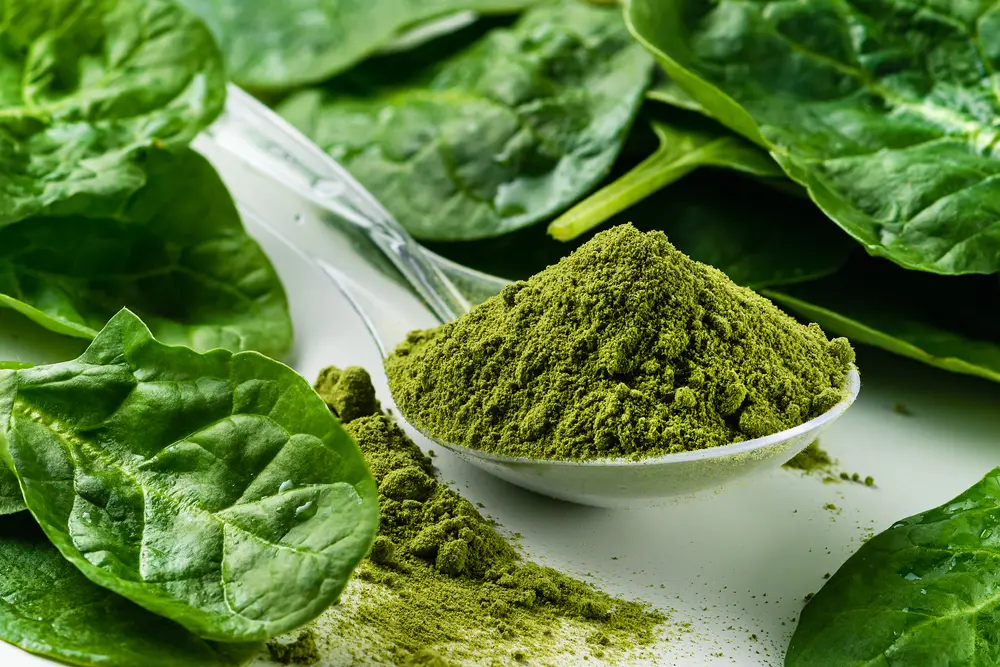From flavorless to fabulous: unlocking the full potential of reaction flavors for tasty plant-based food
Plant-based eating has taken the world by storm, emerging as a global phenomenon among individuals seeking a more sustainable lifestyle.
Once criticized for being flavorless, plant-based cuisine has made impressive strides in creating delicious and meat-like dishes. As a result, people now anticipate being pleasantly surprised by new tastes and flavors, such as meaty and roasty variations.
That’s where reaction flavors come in. The Maillard reaction, which occurs when amino groups (proteins) and reducing sugars are subjected to heat, creates the aromatic compounds that contribute to these rich, roasty, and meaty flavors.
Food ingredient producers usually dry food additives, such as reaction flavors, with vacuum (belt) drying technology. But here’s the catch: not all reaction flavors are created equal, and for some stronger flavors, relying solely on the contact heating in the dryer may not be enough.

Bring flexibility on board your vacuum belt dryer
Driven by our curiosity about the topic, we spoke with a team of drying experts from Bucher Merk, which specializes in vacuum drying.
According to process engineer Stefan Schmiedlin: “Not all customers desire the same flavors. Some want a stronger profile, while others prefer a lighter taste. And it all comes down to controlling the Maillard reaction, which requires optimal heat distribution.”
Overheating has a risk of darker color or taste changes or even burned aspects for some flavors. Bucher Merk developed a patented solution with radiant heating plates for its vacuum belt dryer that offers to control the effect of the Maillard reaction.
“Flexibility for food additive producers is key. Products that require a strong Maillard reaction, as well as those which need more heat for drying as pectin, can be dried using additional radiant heating technology instead of the standard vacuum belt dryer. Having the option to dry with or without heating plates allows makers to dry multiple products in one installation,” says Mayur Modi, Process and Sales Director at Bucher Merk.
Bucher Merk vacuum belt dryer has six heat zones – four for heating and two for cooling – each with its own temperature controls. With the addition of radiation plates above each heating zone, the Maillard reaction can be controlled much better.
What reaction flavors need is just more energy
“Just picture your kitchen oven with both lower and upper heating elements. Similarly, in the vacuum belt dryer, we have a contact plate beneath the belt and the heating plates positioned on top that allows radiation heating,” explains Stefan.
The energy applied from both sides – the top and the bottom – ensures uniform drying over the cake thickness.
“But there’s more. This approach also significantly reduces residence time resulting in increased throughput per hour,” Andreas Hauri, Business Development Manager at Bucher Merk, points out.
And adding more energy doesn’t mean higher costs. In fact, it’s quite the opposite. The belt moves faster to have a short residence time, allowing for higher material throughput per hour.
Thanks to these radiant heating plates, making rich, meaty, or roasty flavors has never been easier and flavor makers can unleash their creativity in a single drying system.


